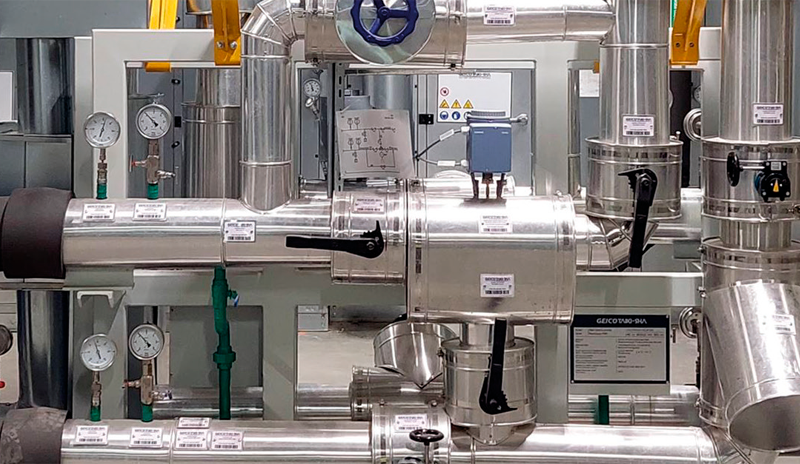Comparing cooling methods for e-motors
A simulation methodology developed by TotalEnergies
Futurities Year 19 n°2
By Jonathan Raisin, TotalEnergies | Michele Merelli, EnginSoft


Electrification of light and heavy-duty vehicles can help reduce global emissions by about
1 Gt CO2-eq. The current automotive market shows a strong acceleration towards electric propulsion
(plug-in hybrid and battery), with one million sales in both Europe and China and the global
share of electric vehicles exceeding 10% of total sales.
The rapid and technically demanding
transition poses significant challenges: innovative propulsion systems must be designed quickly,
considering complex fluid, electromagnetic and thermal aspects that cannot be easily decoupled
or thoroughly analysed with physical prototypes.
As power density increases, standard e-motor cooling methods (based on external air or water-jackets) fail to provide the necessary heat removal performance. Because of all these issues, a direct oil cooling strategy is proposed to directly remove heat from the most critical areas of e-motors, such as the coils and rotor. In addition, for compact and weight-efficient drive solutions, e-motors are increasingly coupled with transmissions in e-drives, forming a single gearbox, and the same oil used for lubrication is also used in the cooling of the e-motor circuit via pumping systems. Therefore, having a single simulation that can provide information on both e-motor cooling and gear lubrication can be very advantageous.
In this paper, we will present the methodology developed by TotalEnergies and EnginSoft
to select, design and improve an e-motor by simulating and predicting electromagnetic losses,
fluid flow behaviour and temperature distributions. After establishing the workflow,
the main objective of the study is to compare the direct oil-jet strategy with the
external water jacket cooling circuit. This analysis will compare the two approaches
by considering various combinations of flow rate and motor speed.
In addition, we report on the influence of the oil’s physical properties on cooling performance,
showing how the established workflow can guide TotalEnergies in the selection and improvement
of oil for better e-motor cooling and longer working life.
software
Particleworks is an advanced CFD Software solution, based on the Moving Particle Simulation (MPS) method.
particleworks

CASE STUDY
This article describes an analysis of the performance of a hot water distribution piping network consisting of a main boiler and various utilities inside an automotive paint shop based in France. The simulation is performed using Flownex, a CFD (computational fluid dynamics) software with concentrated parameters.
automotive flownex